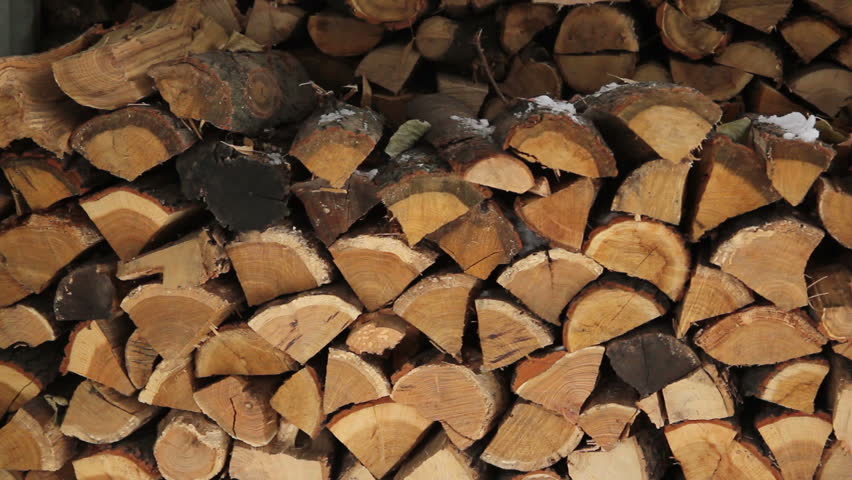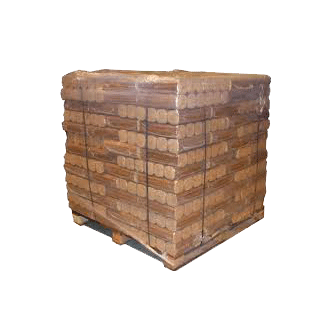There are 2 main types of stove, a wood-burning stove and a multifuel stove, which between them offer an array of different fuels to use. Initially many people might be tempted to burn “waste” materials under the false impression that they simply burn off with no repercussions. Unfortunately, this is not the case and you need to be very careful about what you burn on your wood-burning and multifuel stove.
Wood
It will surprise many people to learn that wood is not considered a smokeless fuel because unless it is dried correctly, between a period of one year and two years, it can retain moisture. This moisture gives off steam and water vapour which can in certain circumstances create flammable acidic tars that can stick to the inner lining of your flue. There have been situations where this tar has seeped into the inner workings of a chimney or indeed ignited causing a chimney fire. It is therefore imperative that you use correctly dried wood and do not rush the drying process if doing this yourself.

Coal
There are many different types of coal available but it is worth noting that this particular fuel is described as a “dirty fuel”. Some of the less eco-friendly types of coal may not be readily available today because of green regulations and environmentally friendly laws, but there is a reason for this. Even though on the whole coal is relatively easy to light and creates an attractive flame to watch through the stove viewing area, it can also create a tar like material. This not only impacts the lining of your flue but can also blacken the stove door window and in some circumstances create flammable gases. Be very careful when looking to use solid fuel with your multifuel stove, read the manufacturer’s instructions!
Peat
Peat is a relatively popular fuel in many parts of the UK, is deemed to be a smokeless fuel and acceptable in smoke controlled areas. This type of fuel is made up of semi-decomposed natural wood material although the type of peat many of us remember is often very wet. However, once it is dried out it does burn in a very similar fashion to wood and is relatively efficient compared to other types of fuel.

Briquettes
Many people have heard of briquettes but very few seem to try them for their stoves. They can be extremely efficient burning for a prolonged period of time due to the fact they are made up of compressed fuel. This may consist of wood or even solid fuel and their qualification for use in small controlled areas will vary according to the ingredients. It is therefore vital that you study the manufacturer’s instructions when looking to burn briquettes in your stove.
Household waste
As we touched on above, there can be a temptation to burn household waste when you have your wood-burning or multifuel stove going at full capacity. What harm can it do? The problem is that plastics will emit potentially poisons gases when burned, painted wood is also very similar and many other elements of everyday household waste can be dangerous if ignited. There is also the chance that tar-like products created by some waste materials will impact the efficiency of the flue which will impact the overall efficiency of your stove. A simple piece of advice regarding household waste, don’t burn it in your stove!

